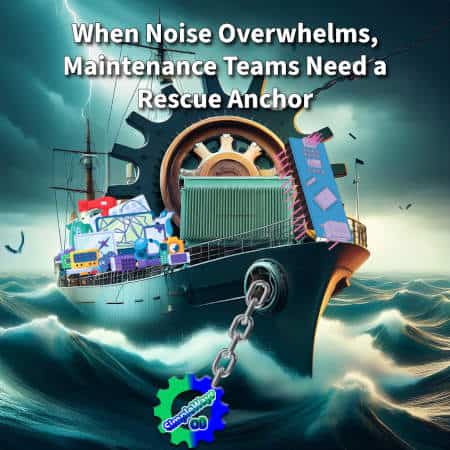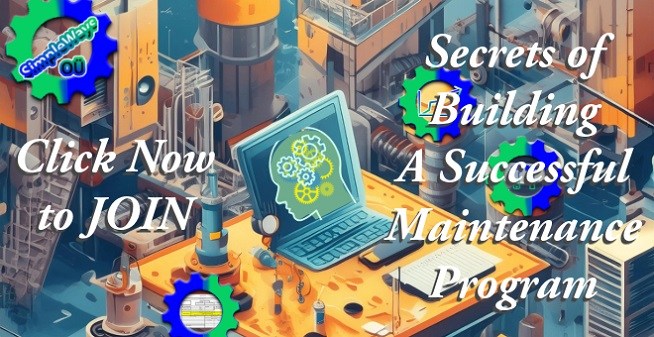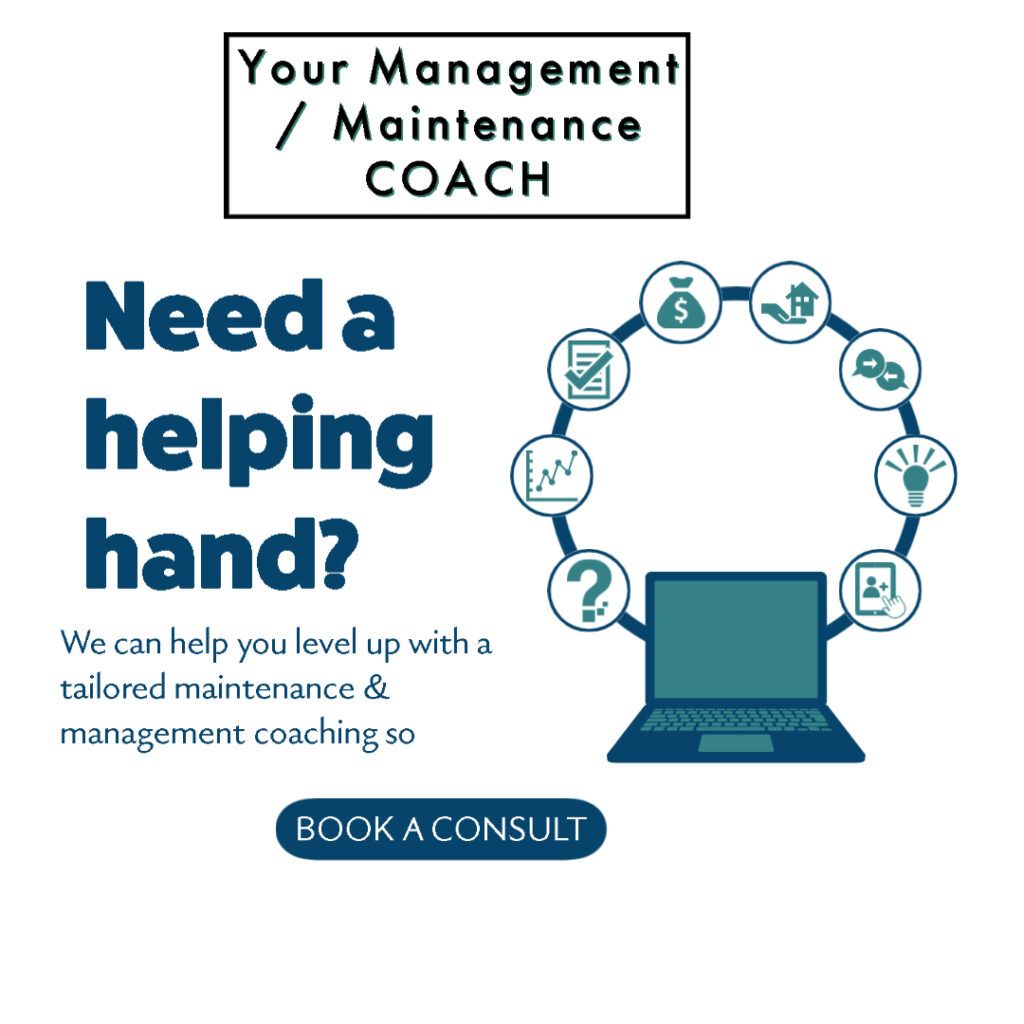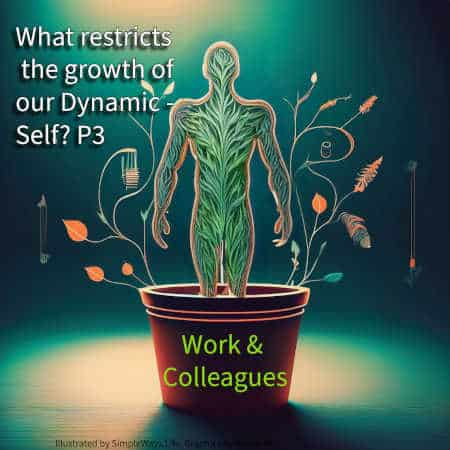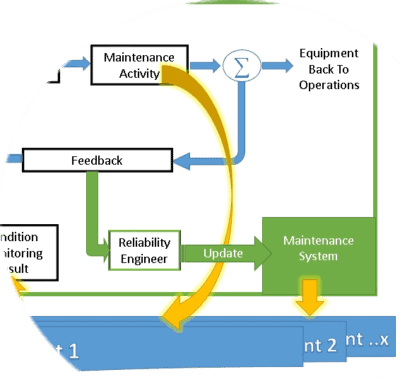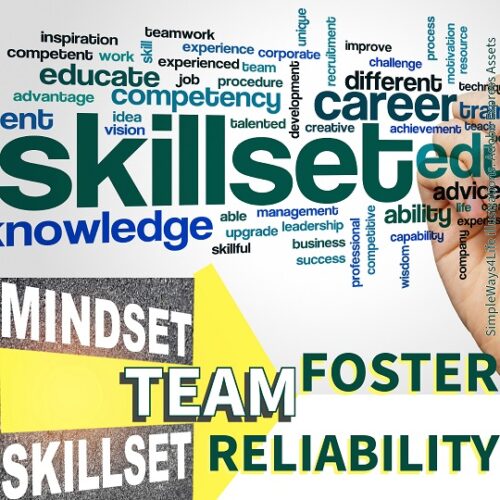In today’s fast-paced industrial world, information is everywhere—yet clarity is rare. Maintenance teams, like many others, often face a daily storm of updates, alerts, changing priorities, and system changes. With digital transformation accelerating across industries, this noise becomes even louder. The result? Confusion, scattered attention, and decision fatigue.
This is where the concept of a Rescue Anchor becomes not just helpful—but essential.
A Rescue Anchor is not a tool or a dashboard. It’s a person, a method, or a mindset that brings clarity, calm, and reliable direction. In this article, we explore why every maintenance team needs one. Next article we shall explore how to find it, and how to become it.
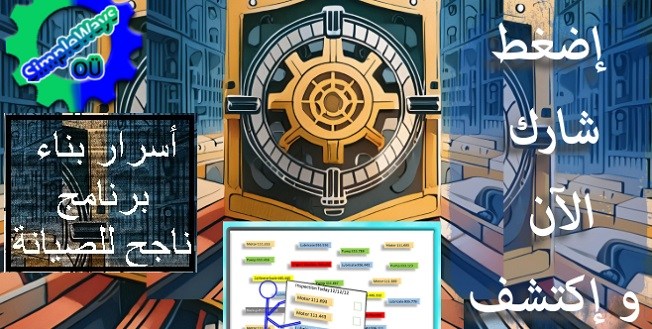
CUSTOMPRICE-TO2JAN26
The Daily Noise: Why Maintenance Teams Are Drowning or Drained
Maintenance operations today are highly interconnected. A single task may involve:
- ERP updates from procurement.
- CMMS notifications on due PMs.
- Real-time alerts from SCADA.
- WhatsApp messages from production supervisors.
- Emails about cost savings.
- Spontaneous audit checklists.
- Internal or external audits
- Turnovers
All this happens while work orders pile up. Without a structured filter, teams end up reacting instead of leading. The Rescue Anchor helps to cut through the noise and center the team around what really matters.
What Is a Rescue Anchor in Maintenance?
The Rescue Anchor is your stable reference point. It keeps decisions aligned with long-term priorities, not short-term distractions. It can take several forms:

CUSTOMPRICE-TO2JAN26
The Seasoned Expert: Knowledge Meets Clarity
In maintenance excellence, a senior technician or planner sits at the intersection of experience and communication. This individual combines deep technical knowledge with the rare ability to translate complex issues into actionable insights. They serve as both mentor and navigator, guiding teams through technical challenges while maintaining the organizational vision. Their value isn’t just in knowing what breaks, but in articulating why it matters and how to prevent future failures.
Visual Prioritization: The Power of the Dashboard
A simple visual dashboard cuts through information overload by highlighting true priorities. Unlike complex systems that drown users in data, an effective dashboard presents only critical metrics that drive decisions. Using color coding, hierarchy, and thoughtful design, it transforms raw maintenance data into visual stories that immediately communicate equipment health, pending issues, and emerging trends—allowing teams to focus resources where they matter most.
The Critical 10 Minutes: Focused Daily Meetings
The daily 10-minute maintenance meeting represents organizational discipline at its finest. By strictly limiting time and ruthlessly prioritizing agenda items, these brief gatherings prevent discussion drift while ensuring alignment. When executed properly, they create a rhythm of accountability, allowing teams to coordinate efforts, escalate critical issues, and celebrate wins—all without sacrificing valuable maintenance time to lengthy meetings.
Decision Framework: Evaluating True Urgency
A clear method for evaluating task urgency separates professional maintenance from reactive firefighting. This systematic approach—whether based on risk matrices, criticality analysis, or custom frameworks—provides objective criteria for distinguishing between genuine emergencies and merely squeaky wheels. By removing emotional decision-making and replacing it with consistent evaluation methods, maintenance teams can allocate resources based on true business impact rather than whoever shouts loudest.

CUSTOMPRICE-TO2JAN26
Think of it this way: when the wind howls and the waves rise, the Rescue Anchor holds the ship in place. You still feel the storm—but you don’t drift.
Emotional Fatigue Needs a Solid Ground i.e. a Rescue Anchor
Noise doesn’t just slow things down—it drains energy. Overwhelmed workers lose motivation, make more errors, and feel less valued. One overlooked consequence of noise is emotional fatigue.
In high-stress environments, having a Stability Point can act as:
Psychological Safety Anchor
In high-stress maintenance environments, a Stability Point serves as an emotional sanctuary where team members can express concerns without fear of judgment. This psychological safety transforms the culture from blame-assignment to problem-solving, allowing maintenance technicians to highlight potential issues early, share near-misses, and collaborate on system improvements without risking their professional standing. When teams feel secure, innovation thrives where fear once dominated.
Mental Clarity Catalyst
The Stability Point functions as a cognitive filter, cutting through the chaos of alarms, work orders, and competing priorities. By providing consistent reference points and decision frameworks, it reduces the cognitive load experienced by maintenance personnel. This mental clarity prevents decision fatigue and allows technicians to approach complex troubleshooting with fresh, focused thinking—transforming overwhelming machinery problems into manageable diagnostic processes.
Prioritization Compass
Effective prioritization requires more than technical knowledge—it demands a reliable framework. The Stability Point offers this compass, helping maintenance teams distinguish between truly urgent issues and merely noisy ones. By establishing clear criteria for assessment, it prevents the common trap of addressing the most recent or loudest problem rather than the most critical one. This disciplined approach ensures resource allocation aligns with genuine business impacts and safety considerations.
Control Center in Complexity
Complex maintenance environments generate overwhelming uncertainty. The Stability Point counteracts this by providing elements technicians can control and predict amid chaos. Whether through standardized procedures, reliable diagnostic tools, or established communication protocols, this sense of control prevents reactive spirals and fosters proactive maintenance. When technicians can confidently navigate complexity rather than being swamped by it, both equipment reliability and human performance improve dramatically.
This emotional layer is often neglected in technical discussions. But it’s where real leadership begins.
Your Digital Tools Are Not the Safe Harbor
It’s tempting to expect software to be the anchor. But the truth is:
A tool is only as strong as the mindset behind it.
Ready to transform your mindset? Click and Get your copy > Now For Sale on Simpleways.life & Amazon
The most sophisticated maintenance software becomes merely expensive shelfware without the right perspective driving its use. When organizations invest millions in technology but pennies in mindset transformation, they often find themselves with powerful capabilities nobody uses effectively. True maintenance excellence emerges from the perfect alignment of powerful tools with purposeful human intention—technology amplifies mindset, but can never replace it. AI is a great example of this.
The Structural Paradox of Maintenance Systems CMMS and ERP systems provide amazing structure—but they don’t stop distractions by themselves. These powerful platforms excel at organizing information and standardizing processes, creating an impressive framework for maintenance operations. However, they cannot determine which alarms deserve attention, which work orders take priority, or which equipment trends signal impending failure. The systems capture everything but discern nothing—leaving the critical act of prioritization squarely in human hands despite all technological advancement.

CUSTOMPRICE-TO2JAN26
The Human Element in Technical Solutions The Rescue Anchor might use digital tools—but it always functions at the human or leadership level. Behind every successful maintenance program stands not just sophisticated software but deliberate human judgment. This leadership anchor—whether embodied in a maintenance manager, reliability engineer, or cross-functional team—provides the discernment technology cannot. It establishes the principles for evaluating urgency, creates the psychological safety for raising concerns, and maintains the discipline to consistently apply standards rather than succumbing to the tyranny of the urgent.
Let’s focus on this point more in our coming article: Becoming the Rescue Anchor: A Personal Challenge
Conclusion: Anchor Before You Accelerate
In a noisy world, it’s tempting to go faster, try harder, or add more tech. But sometimes the smartest move is to pause—and anchor.
The Rescue Anchor doesn’t stop the storm. It simply stops the drift. In maintenance, that’s the beginning of real leadership, real progress, and real transformation.
Before your team tries a new method, app, or plan—ask yourself:
What is our Rescue Anchor? Who or what keeps us focused, stable, and grounded?
You might be surprised how much everything changes once you find it.
If you feel you need help with any of these ideas we discussed, request a Management Consultancy or Coaching Services From our Store

